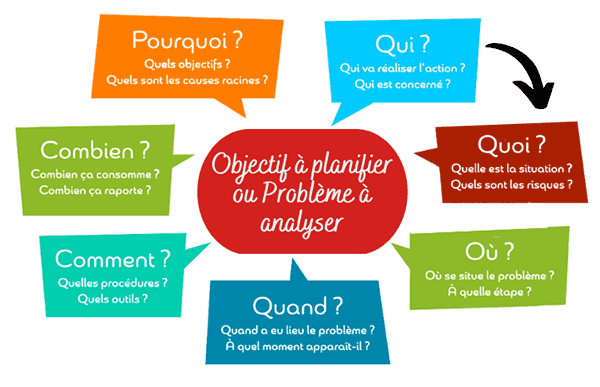According to an Australian study, the use of cranial stimulation (tNRS) would promote learning abilities. How does this innovation work?

- Cranial stimulation would improve the neuroplasticity of the brain.
- Clinical trials are currently being carried out to prove the effectiveness of this device.
Using noise-cancelling headphones, listening to quiet music, turning off the phone… Everyone has their own methods of staying focused when they have to work or study for a certain period of time. Edith Cowan University (Australia) recently observed the effects of cranial stimulation (tRNS) to improve learning abilities. The work has been published in the journal Neuroscience and Biobehavioral Reviews.
A tool to advance learning skills
For precision, the researchers used a “noise” which does not correspond to a classic auditory noise that can be heard on a daily basis (music, background noise). It is produced by electrodes attached to the skull which allow a weak current to pass through specific parts of the brain. According to the authors of the study, this device would help a person with learning difficulties. “If you’re learning something, there must be neuroplastic changes in your brain that allow you to learn that information.”explained Dr. Onno Van der Groen, head of the research.
Cranial stimulation would therefore improve the neuroplasticity of the brain. This phenomenon includes all the manifestations involving the ability of neurons to change and reshape themselves throughout life. Scientists have observed two effects of tRNS on the brain: the “acute” effect which allows an individual to be more efficient during the use of the tool and the “modulator” effect which is expressed by long-term results.
“The effect on learning is promising: it can speed it up and help people with neurological disorders (…) When you add this type of stimulation during learning: you get better performance, faster learning and better care”, said the specialist. Before adding:If you do 10 sessions of a visual perception task with tRNS and then come back to do it again without it, you’ll find that you perform better than the control group that didn’t use it.”
A device still under study
While cranial stimulation improves learning skills, it does not increase “intelligence levels”. “There is a case study of trying to improve the math skills of a super mathematician. It didn’t have much impact on its performance, probably because it’s already very strong in this area (…) But this tool could be used if you learn something new”underlined Doctor Onno Van der Groen.
tRNS technology is not accessible to the general public. To use it, it is necessary to participate in controlled trials. Currently, the researchers are working on a new study where they will provide equipment for participants to perform the tests from home.
















